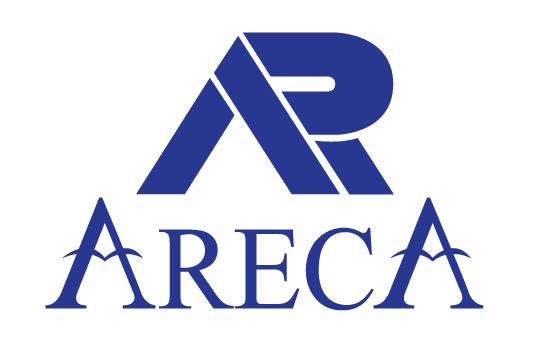Maintaining the cleanliness and appearance of your home can be both rewarding and challenging. A pressure washer stands out as a remarkably useful tool in this regard. However, using it correctly is key to achieving the best results while ensuring safety and preserving the integrity of surfaces. Understanding pressure washer tips will significantly enhance your home improvement efforts.
Incorporating a pressure washer into your maintenance routine not only saves time but also elevates the overall aesthetic of your property. It’s important to recognize the nuances of this powerful equipment to optimize its use. With a few strategic approaches, you can harness its potential while safeguarding your home’s exterior.
Whether you are removing grime from your driveway or revitalizing your patio, the right techniques will make a noticeable difference. This article will provide you with insightful recommendations that enhance your pressure washing experience, ensuring that you achieve outstanding results with minimal hassle.
Choosing the Right Nozzle for Your Task
A pressure washer is an invaluable tool for home improvement and maintenance projects, but using the correct nozzle is key to achieving the best results. Nozzles come in various shapes and sizes, tailored for different applications. Understanding these differences can make your washing tasks more efficient.
Typically, you will find nozzles classified by color, with each color designating a specific spraying angle and pressure. For instance, a red nozzle (0 degrees) delivers a concentrated stream, ideal for stubborn stains on concrete or brick. However, it can be damaging if not handled carefully.
The yellow nozzle (15 degrees) is suitable for tough surfaces like driveways and decks, cutting through grime without causing major damage. If you’re working on painted surfaces or soft materials, consider using the green nozzle (25 degrees), which provides a wider spray while still being effective for most cleaning tasks.
For delicate areas such as windows or vehicles, the white nozzle (40 degrees) is your best bet. It disperses water in a gentle manner, minimizing the risk of damage while still providing adequate cleaning power.
Moreover, some pressure washers come with adjustable or turbo nozzles that allow for versatility by changing the spray pattern or intensity on the fly. This can be particularly useful for various tasks around the house, making it easier to adapt to different surfaces.
Ultimately, selecting the right nozzle not only enhances your cleaning performance but also ensures that your pressure washer’s potential is fully utilized. For more pressure washer tips, check out https://www.verellenhc.com/.
Understanding Pressure Settings for Different Surfaces
Pressure washers come with adjustable settings to accommodate various cleaning tasks. Knowing how to properly set the pressure is key for outdoor cleaning and home improvement projects.
Here’s a breakdown of pressure settings based on the type of surface you’ll be cleaning:
- Delicate Surfaces (e.g., painted surfaces, wood decks)
- Recommended Pressure: 1,200 – 1,500 PSI
- Use a fan spray nozzle to avoid damage.
- Test on a small area first.
- Concrete and Brick
- Recommended Pressure: 2,500 – 3,000 PSI
- A turbo nozzle can enhance cleaning efficiency.
- Maintain a distance of about 12 inches from the surface.
- Driveways and Patios
- Recommended Pressure: 2,000 – 3,000 PSI
- Use surface cleaners for larger areas.
- Ensure to keep the nozzle moving to avoid etching.
- Fencing and Siding
- Recommended Pressure: 1,500 – 2,500 PSI
- Adjust pressure based on material type.
- Vertical surfaces should be cleaned from bottom to top.
Always consult your pressure washer’s manual for specific settings and recommendations. Adjusting the pressure appropriately not only enhances the quality of your cleaning but also prolongs the life of your surfaces.
Proper Techniques for Cleaning Driveways and Patios
For successful outdoor cleaning, proper techniques can greatly enhance the results when using a pressure washer. Begin by clearing the area of any furniture, plants, and debris. This not only protects your surroundings but also allows for unobstructed cleaning.
Before applying any pressure, saturate the surface with water. This helps to loosen dirt and grime, making the cleaning process smoother. When you’re ready to start washing, maintain a consistent distance of about 12 inches from the surface. This prevents damage while ensuring thorough cleaning.
Use a sweeping motion as you clean. Move the nozzle from side to side, overlapping each pass slightly. This technique ensures that all areas receive equal attention, reducing the chances of streaks or missed spots. Areas with tougher stains may require extra attention; consider applying a cleaning solution specifically designed for pressure washers before rinsing.
Pay attention to the angles. Directing the spray at a slight angle rather than straight on can enhance the effectiveness of the wash. This technique minimizes surface damage while maximizing dirt removal.
After washing the driveway or patio, follow up with maintenance measures. Regular cleaning intervals can prevent the buildup of grime and stains, prolonging the life of your surfaces and making your next cleaning session easier.
